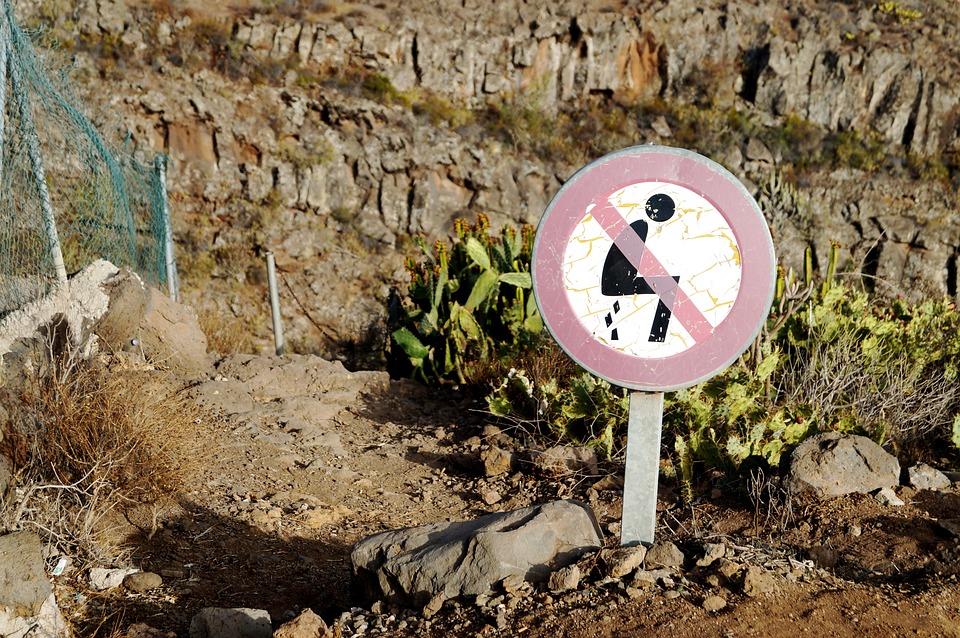
Stand-Up Comedy Vs. Improv: Exploring Different Styles of Comedic Performance
When it comes to comedy, there are many different styles and approaches that performers can take to entertain audiences. Two popular forms of comedic performance are stand-up comedy and improv. While both aim to make people laugh, they each have their own unique characteristics and methods of delivery.
Stand-Up Comedy
Stand-up comedy is perhaps the most well-known form of comedic performance. In stand-up, a comedian performs solo on stage, usually with a microphone and a spotlight focused solely on them. The comedian delivers a prepared set of jokes and stories that they have crafted through writing and rehearsal.
One of the key characteristics of stand-up comedy is the presence of a script. Stand-up comedians spend hours writing and refining their jokes, making sure that each punchline lands just right. This scripted approach allows comedians to carefully plan out their sets and control the timing and delivery of each joke.
Another important aspect of stand-up comedy is the relationship between the comedian and the audience. Stand-up comedians often interact with the crowd, responding to their reactions and incorporating ad-libbed jokes based on the audience’s response. This back-and-forth dynamic adds an element of spontaneity to the performance, even though the material itself is pre-written.
Stand-up comedy is a highly structured form of performance, with comedians following a set order of jokes and stories. This structure allows comedians to build momentum throughout their set, carefully leading the audience from one laugh to the next. A successful stand-up set is like a carefully crafted piece of music, with each joke building on the last to create a satisfying and hilarious experience for the audience.
Improv
Improv, short for improvisational comedy, is a form of comedic performance that is completely unscripted. In improv, performers create scenes, characters, and jokes on the spot, often based on audience suggestions or prompts. This spontaneous approach to comedy can lead to unpredictable and hilarious moments that are unique to each performance.
One of the key characteristics of improv comedy is the emphasis on collaboration. Improv performers work together as a team, building off each other’s ideas and reactions to create funny and engaging scenes. This collaborative aspect of improv comedy often leads to a sense of playfulness and creativity that is infectious to both performers and audiences.
Another important aspect of improv comedy is the element of risk. Because improv is performed without a script, performers must be willing to take chances and trust their instincts in the moment. This can lead to moments of failure or awkwardness, but it can also result in some of the most memorable and hilarious moments in comedy.
Unlike stand-up comedy, which follows a predetermined structure, improv is completely improvised and unpredictable. Performers must be quick on their feet, ready to respond to any unexpected developments that arise during a scene. This spontaneity is what makes improv so exciting and engaging for both performers and audiences.
Comparing Stand-Up Comedy and Improv
While stand-up comedy and improv have some key differences in terms of structure and approach, they also share some common elements. Both forms of comedy aim to entertain audiences and make people laugh, and both require performers to be quick-witted and creative in their delivery.
One of the main differences between stand-up comedy and improv is the level of preparation required. Stand-up comedians spend hours writing and rehearsing their material, carefully crafting each joke and story to maximize its comedic impact. Improv performers, on the other hand, must rely on their instincts and creativity to generate laughs in the moment.
Another difference between stand-up comedy and improv is the level of collaboration involved. While stand-up comedy is typically a solo performance, improv relies on the teamwork and collective creativity of a group of performers. This collaborative aspect of improv can lead to a sense of camaraderie and fun that is unique to the art form.
In terms of audience interaction, both stand-up comedy and improv offer opportunities for performers to engage with their viewers. Stand-up comedians often interact with the crowd, responding to their reactions and incorporating ad-libbed jokes based on audience responses. Improv performers, on the other hand, may directly involve the audience in the creation of scenes or characters, soliciting suggestions or feedback to inspire their performances.
Overall, stand-up comedy and improv are both valuable and entertaining forms of comedic performance. Each offers its own unique challenges and rewards for performers, as well as an opportunity to share laughter and joy with audiences. Whether you prefer the structured humor of stand-up or the spontaneous creativity of improv, there is something for everyone to enjoy in the world of comedy.